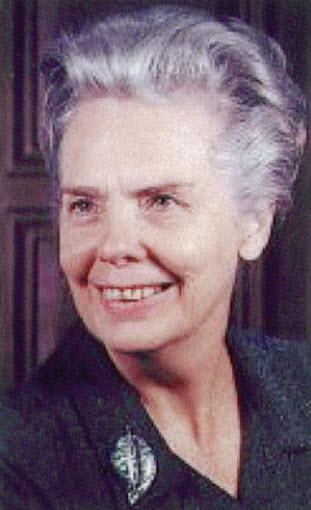Contents
Dry needling is an alternative medicine technique related to acupuncture. It is carried out with either solid filiform needles or hollow-core hypodermic needles. Dry needling is strongly associated with the treatment of myofascial pain syndrome, but some practitioners treat certain other pains as well.
Because of its strong association with myofascial pain syndrome, dry needling is sometimes referred to as myofascial trigger point dry needling.
Treating myofascial pain syndrome with dry needling
What is myofascial pain syndrome?
 Myofascial pain syndrome (MPS) is a syndrome characterized by chronic pain in multiple myofascial trigger points and fascial constrictions. A fascia is a band or sheet of connective tissue located beneath the skin. The fascia, which consists chiefly of colalgen, attaches, stabilizes, encloses, and separates muscles and other internal organs in the body.
Myofascial pain syndrome (MPS) is a syndrome characterized by chronic pain in multiple myofascial trigger points and fascial constrictions. A fascia is a band or sheet of connective tissue located beneath the skin. The fascia, which consists chiefly of colalgen, attaches, stabilizes, encloses, and separates muscles and other internal organs in the body.
MPS can strike any part of the body.
What causes MPS?
The mechanisms behind MPS are still not understood. Some studies indicate that certain systemic diseases, including connective tissue disease, might be percursors to MPS.
Dry needling treatment against MPS
The needle is inserted into the skin and muscle at a myofascial trigger point. If it is done correctly, it will elicit a twitch respons because a spinal cord reflex will be triggered, causing the muscle fibers in the taut band of muscle to contract.
It has been speculated that dry needling of trigger points might activate endogenous opioids.
Karel Lewit
The technique for treating MPS with deep dry needling was pioneered by the Czech physician Karel Lewit (1916-2014), who was a specialists in neurology and a world authority on myoskeletal medicine.
When working with patients suffering from pain, Lewit noticed how the analgesic used seemed to be unconnected to the pain relief experienced by the patient when injections were made into a trigger point.
 Janet G. Travell
Janet G. Travell
The term dry needling (in the context of treating MPS) was coined by Janet G. Travell in her book “Myofascial Pain and Dysfunction: Trigger Point Manual” that she wrote together with David G. Simons. Travell (1901-1997) was a physician and medical researcher in the United States, chiefly famous for ther research regarding MPS and fore being President John F. Kennedy’s personal physician.
Travell used the term dry needlig to differentiate between two techniques that both involved using hypodermic needles to treat trigger points. Here, dry needling refers to the practice of inserting the hypodermic needle into the trigger point without injecting any analgesic or other solution.
When Travell performed trigger point therapy, she normally used 22-gauge 3.8 cm hypodermic needles (both for dry needling and injection therapy). She was familiar with acupuncture needles but argued that they were far too thin and weak for successful MPS trigger point thearpy, and she also prefered the type of tactile feedback given by the hypodermic needles.
“A 22-gauge, 3.8-cm (1.5-in) needle is usually suitable for most superficial muscles. In hyperalgesic patients, a 25-gauge, 3.8-cm (1.5-in) needle may cause less discomfort, but will not provide the clear “feel” of the structures being penetrated by the needle and is more likely to be deflected by the dense contraction knots that are the target… A 27-gauge needle, 3.8-cm (1.5-in) needle is even more flexible; the tip is more likely to be deflected by the contraction knots and it provides less tactile feedback for precision injection” (Travell, Simons, & Simons, 1999, page 156).
